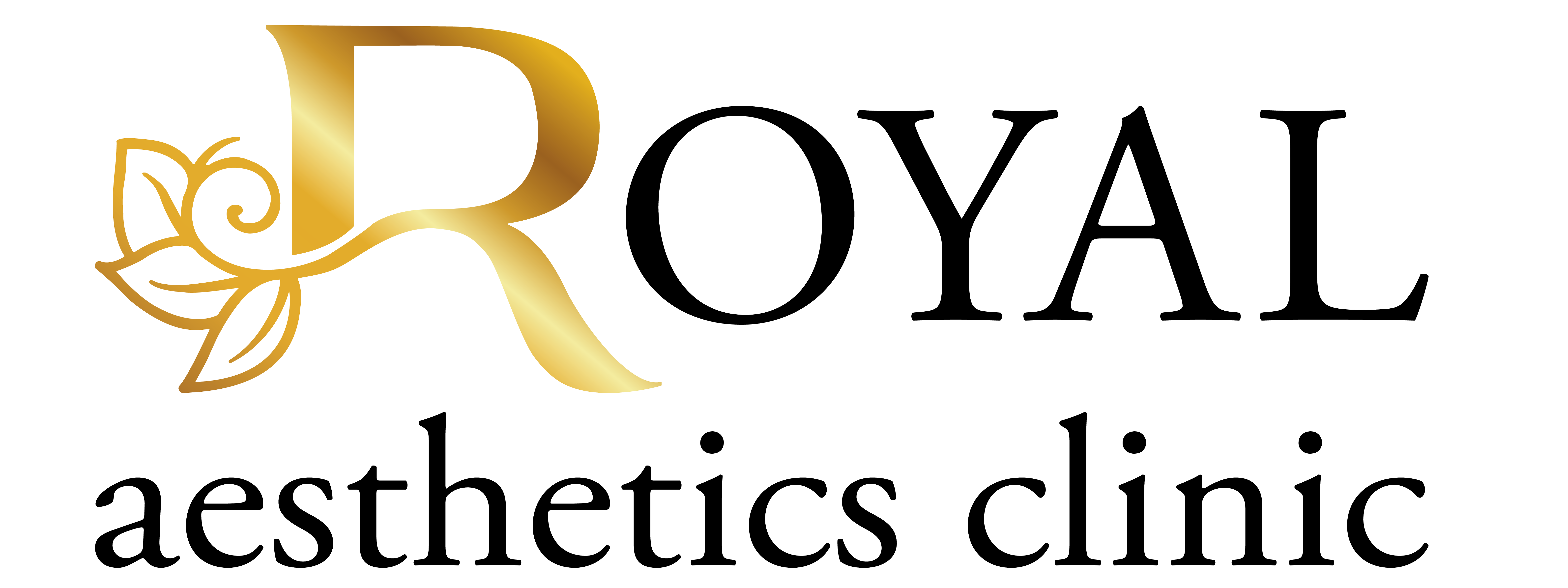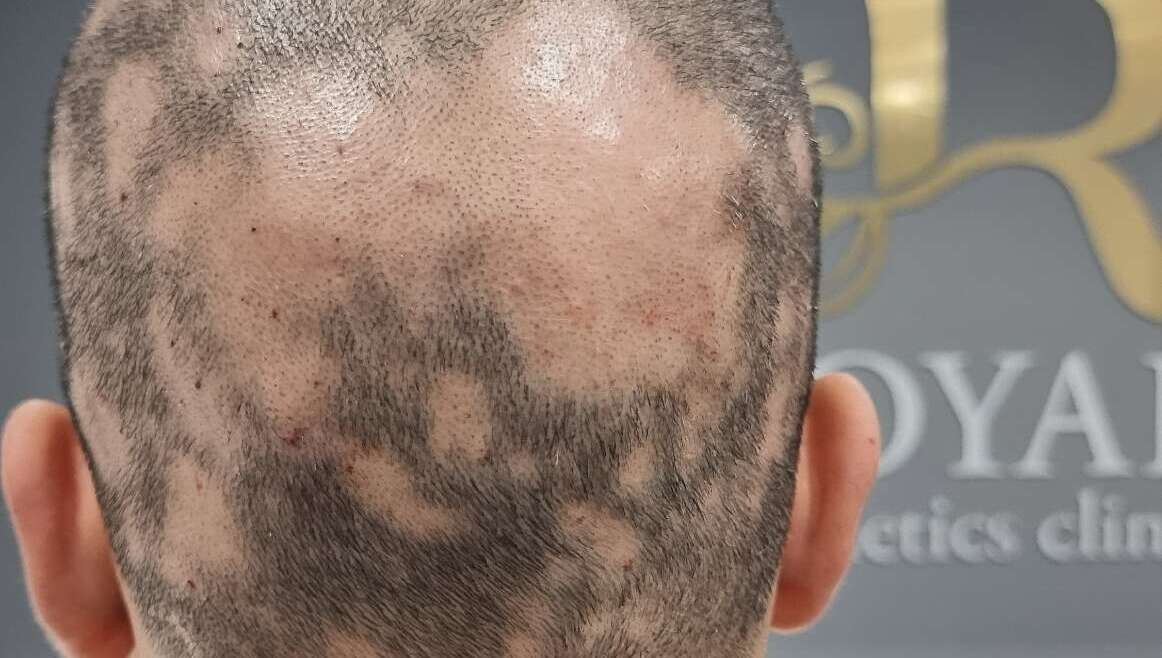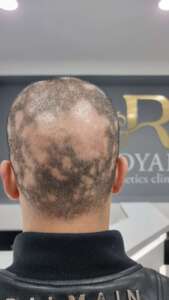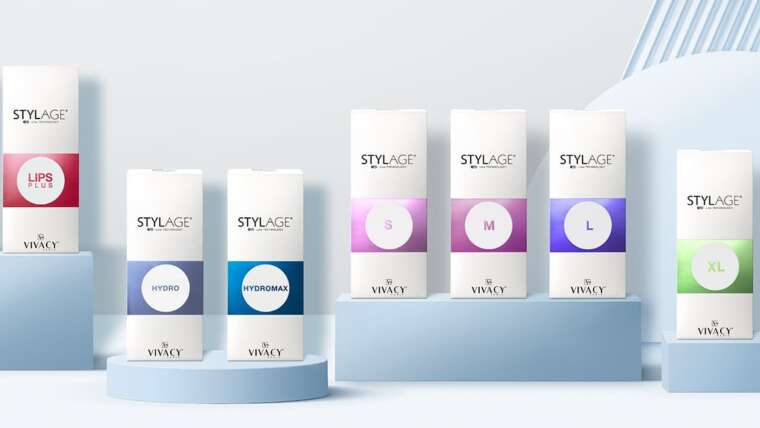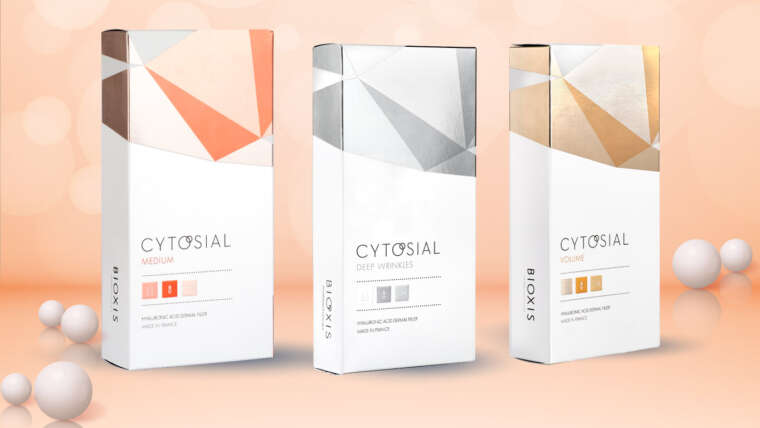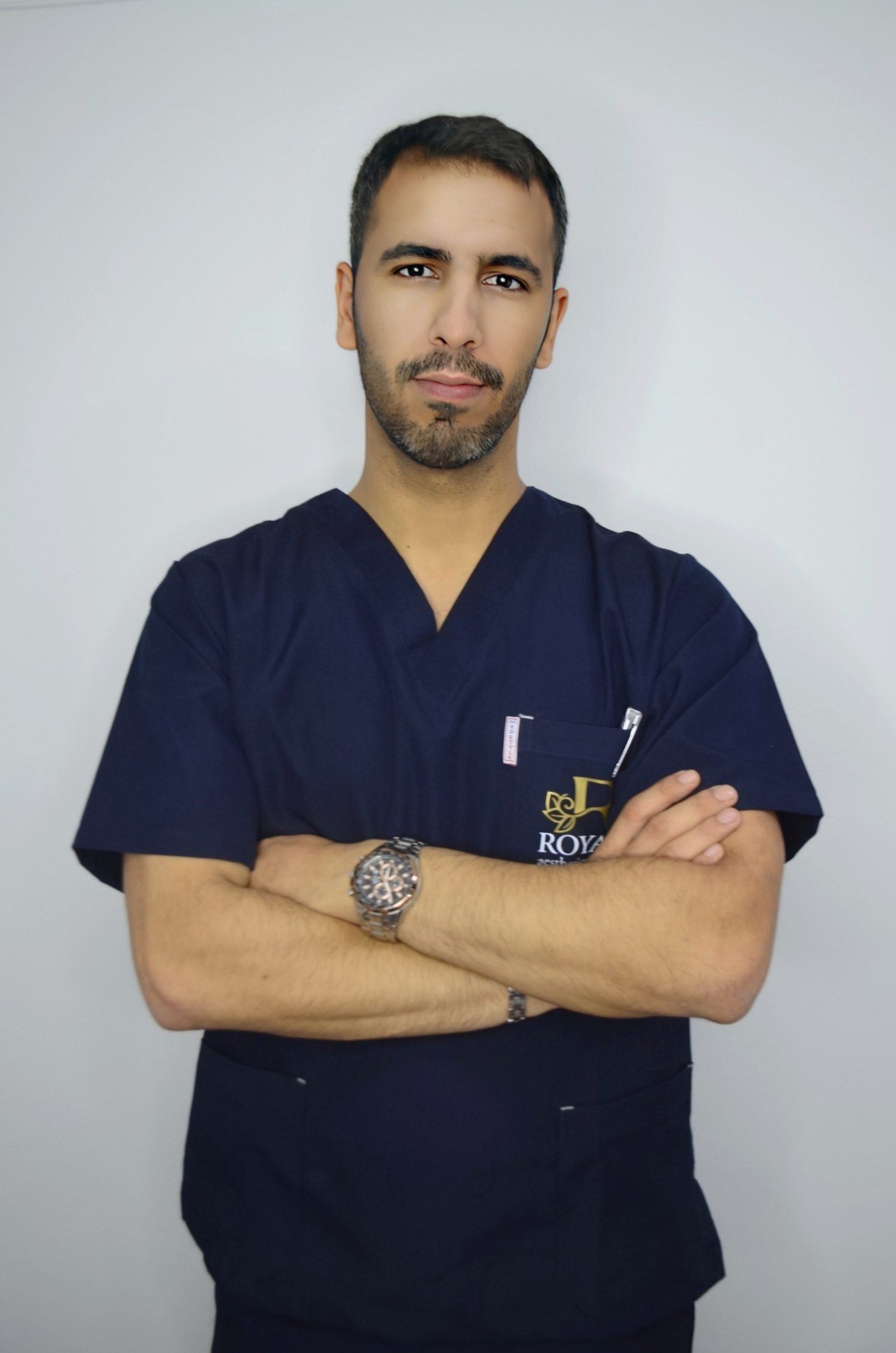Alopecia areata
Alopecia areata is a disease that is less known to most people, but those who are lucky enough to have it are well known the symptoms of fear, discomfort and insecurity that follow it.
This disease is an immune disease in which the immune system resists the body’s tissues and rejects them as if they were foreign tissues and causes damage and tissue damage.
Alopecia areata resists and repels the hair follicles in the body and actually causes spot or complete baldness. Hair loss is not accompanied by pain or scars, and in fact the sufferer of the disease has no feeling of sickness or pain, except for the unfortunate result of baldness.
There are several types of the disease:
• Alopecia areata monoleukolaris – baldness at one point in the body.
• Alopecia areata multilocular – baldness at several points on the body.
• Alopecia areata barea – baldness in which only the beard area falls out.
• Alopecia areata totalis – alopecia in which all scalp hair falls out.
• Alopecia areata universalis – baldness in which all body hair falls out. Includes eyebrow hair, eyelashes, armpits and groin.
Medicine does not know how to identify the causes of the disease or even offer a cure for it, but advanced aesthetic science provides quite a few advanced hair solutions designed to restore hair that has fallen out and ensure an impressive aesthetic appearance and a positive self-image.
The solutions should be chosen individually for each and every patient and not look for a quick and uniform solution for the treatment of alopecia areata, since there is significance to the affected area, hair type, thickness and color, skin type and other elements in the patient’s history.
It is important to note that this is not a medical treatment but an aesthetic cosmetic treatment, although this treatment is not performed by doctors, it is important to choose an institute that specializes in advanced hair solutions and offers extensive knowledge and experience in the field.
Among the solutions offered to treat alopecia areata areata:
Mesotherapy for hair – advanced treatment by injecting vitamins and minerals into the hair follicles and nourishing it, which ensures the growth of full and healthy hair over time.
Mesotherapy treatments for hair have proven effectiveness in men and women, and take place in treatment series that are customized according to the hair type and needs, and through personalization of the mesotherapy cocktail for the treatment.
at Royal Aesthetics Clinic in Tbilisi, Georgia we use the newest Technologies and up-to-date treatments for alopecia areata to ensure the best results for our patients.
Frequently Asked Questions
The most personal risk factor is a family history of alopecia areata. On top of that, people who suffer from allergic medications, other autoimmune conditions or immune system generators (such as Mohan or Vitali Kru) are also at increased risk of alopecia areata.
Mental stress does not directly cause the onset of alopecia areata and hair loss, but it can certainly affect the degree of shedding and the way it appears in some sufferers of the condition. There are reports of people noticing a bald spot after periods of extreme mental stress.
Over the years, an industry of supplements and natural treatments for hair loss has developed, with male pattern baldness being the focus. It is important to note that most alternative treatments have not been tested in clinical trials, so their effectiveness in treating hair loss is not proven. Some examples include aromatherapy, acupuncture, probiotics, vitamins such as biotin, and the use of herbal supplements such as green tea and saw palmetto.
Not necessarily. It seems that there is indeed a genetic link to the appearance of alopecia areata, and those with a family history have a higher chance of developing the condition. However, it is likely that it is not a single gene but a combination of genes, which lowers the risk of passing the condition on to children. In addition, it seems that there are also environmental factors that influence the onset of alopecia areata.
This varies from person to person. While some people will be able to stop treatment after the hair grows back, others will experience shedding immediately upon stopping treatment and will have to receive long-term treatment.
